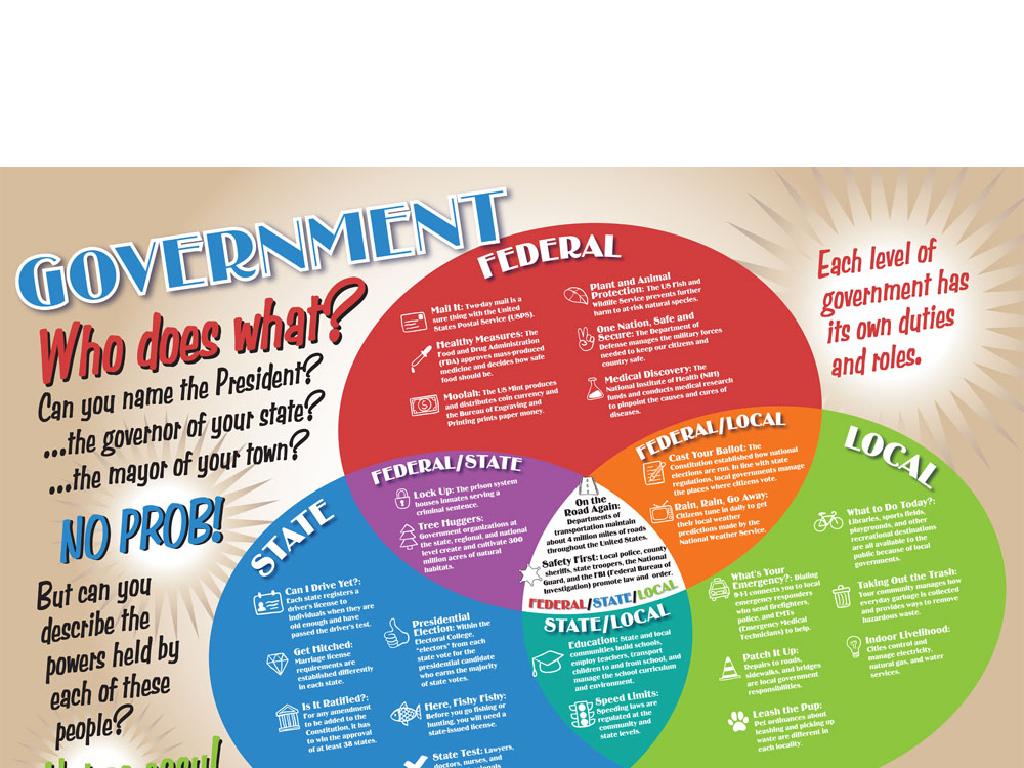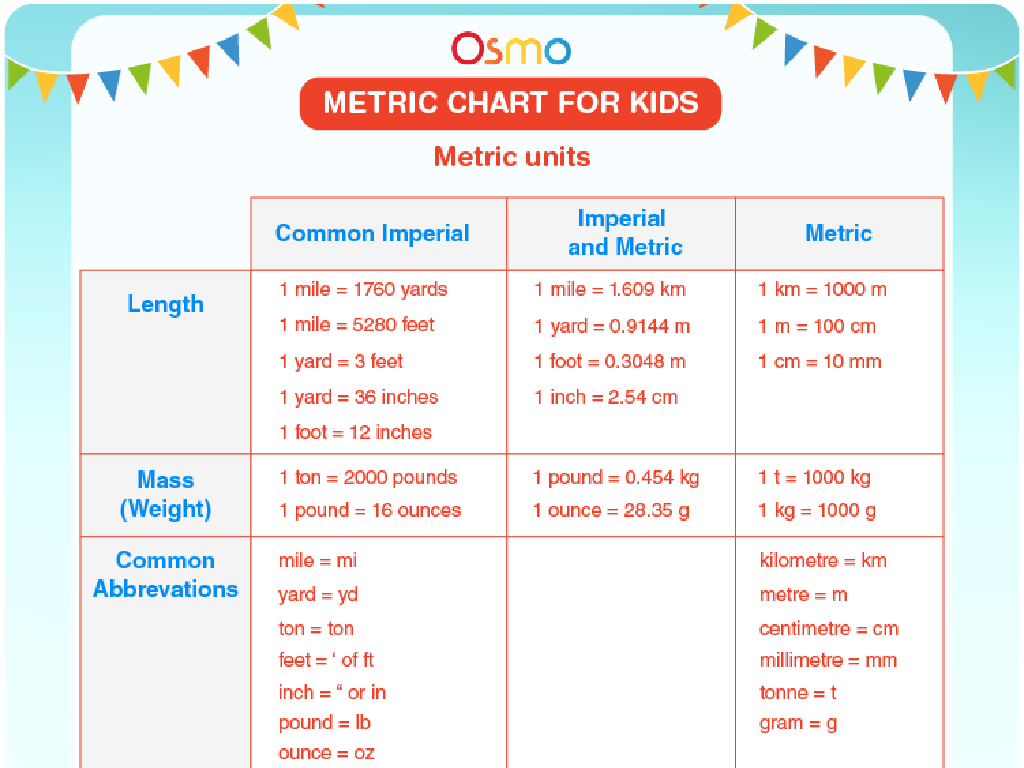World War Ii: Lead-Up To War In Europe, Asia
Subject: Social studies
Grade: Fifth grade
Topic: 20Th Century American History
Please LOG IN to download the presentation. Access is available to registered users only.
View More Content
The Road to World War II
– Global context of the 1930s
– Economic struggles and political tensions rose globally.
– Key events leading to WWII
– Acts like Germany invading Poland set the war in motion.
– Understanding WWII’s importance
– Learning about WWII helps us understand today’s world.
– Reflecting on the impact of war
– Wars affect nations and people for generations.
|
This slide introduces students to the complex global situation of the 1930s that led to World War II. Discuss the economic hardships due to the Great Depression and the rise of aggressive leaders that contributed to global tensions. Highlight key events such as invasions and alliances that triggered the war. Emphasize the importance of learning about WWII to understand current global relations and the lasting effects of the war on countries and individuals. Encourage students to think about how history shapes our present and future. Use maps and timelines to help visualize the information.
The World in the 1930s: Prelude to War
– Global political climate of the 1930s
– Tensions were high, countries were recovering from WWI
– Key countries: Germany, Italy, Japan
– These nations played major roles in the lead-up to WWII
– Economic struggles worldwide
– The Great Depression affected many, leading to unrest
– Dictatorships emerge
– Leaders like Hitler, Mussolini, and Hirohito took power
|
This slide introduces students to the complex global situation of the 1930s that set the stage for World War II. It’s important to explain that the aftermath of World War I and the economic downturn known as the Great Depression contributed to worldwide instability. This environment allowed dictatorial leaders to rise to power in countries like Germany, Italy, and Japan, promising to restore their nations to greatness. These leaders would go on to challenge the world order, leading to the outbreak of World War II. Use maps to show where these countries are and discuss how their actions affected other nations around the world. Encourage students to think about how economic hardships can impact political stability.
Rise of Dictatorships Before WWII
– Understanding dictatorship
– A government where one person makes all the rules
– Hitler and the Nazi Party
– Hitler ruled Germany, started the Nazi Party
– Mussolini and the Fascist Party
– Mussolini led Italy with his Fascist Party
– Hirohito and Japan’s expansion
– Hirohito was emperor while Japan expanded its territory
|
This slide introduces the concept of dictatorships and provides examples of leaders and their parties that played significant roles in the lead-up to World War II. A dictatorship is a form of government where power is concentrated in the hands of one person or a small group. Adolf Hitler in Germany established a totalitarian regime under the Nazi Party, promoting aggressive nationalism and leading to the invasion of neighboring countries. Benito Mussolini in Italy founded the Fascist Party, which emphasized strong, centralized control and also engaged in territorial expansion. Emperor Hirohito in Japan, while a constitutional monarch, presided over a period of military expansion that contributed to tensions in Asia. This slide sets the stage for understanding the political climate that contributed to the outbreak of World War II. Encourage students to think about how the concentration of power in one person or group can affect a country’s actions and relationships with others.
Road to War: Europe Before WWII
– Germany invades neighbors
– Germany began taking over nearby countries, defying peace treaties.
– The Munich Agreement
– A 1938 deal allowing Germany to annex part of Czechoslovakia, aiming to prevent war.
– Appeasement policy effects
– European countries let Germany expand, hoping to avoid conflict but it led to more aggression.
– Germany-Soviet Non-Aggression Pact
– A 1939 agreement that Germany and the Soviet Union would not attack each other, shocking the world and setting the stage for war.
|
This slide introduces the critical events that led to the outbreak of World War II in Europe. Discuss Germany’s aggressive expansion and how it violated the Treaty of Versailles. Explain the Munich Agreement as an attempt to keep peace by conceding to some of Germany’s demands. Highlight how the policy of appeasement did not stop the war but instead may have encouraged further German aggression. Lastly, cover the Non-Aggression Pact, which was a strategic move by both Germany and the Soviet Union but ultimately led to the invasion of Poland and the start of WWII. Use maps to show Germany’s expansion and discuss the leaders involved in these agreements to provide context.
Events Leading to WWII: Asia’s Turmoil
– Japan’s aggressive expansion
– Japan sought more land and resources.
– Manchuria and China’s invasion
– In 1931, Japan took over Manchuria, and in 1937, they invaded China, causing widespread conflict.
– U.S. and Pacific region impact
– These actions strained Japan’s relations with the U.S., affecting trade and increasing tensions in the Pacific.
– Understanding global tensions
|
This slide aims to explain the aggressive moves made by Japan in Asia that contributed to the onset of World War II. Students should understand that Japan’s desire for expansion led to the invasion of territories like Manchuria in 1931 and later China in 1937. These invasions were part of Japan’s efforts to become a dominant power in Asia. The impact on the United States was significant, leading to strained relations and setting the stage for the Pacific theater of the war. Discuss how these events led to an increase in global tensions and set the stage for the United States’ eventual entry into World War II. Encourage students to think about how the actions of one country can affect the rest of the world.
America’s Response to Early WWII
– Understanding Isolationism
– A policy of staying out of foreign conflicts
– The Lend-Lease Act Explained
– A program to lend or lease supplies to Allies
– Supporting Allies Overseas
– Helping friends in Europe and Asia without joining the war
– Shift in American Public Opinion
– From isolation to wanting to help Allies against Axis Powers
|
This slide aims to explain the concept of isolationism, which was America’s initial stance at the onset of World War II, avoiding involvement in European and Asian conflicts. The Lend-Lease Act marked a significant shift in this policy, allowing the U.S. to provide critical support to the Allies without direct military engagement. It’s important to discuss how public opinion in America evolved from preferring isolation to recognizing the need to support Allied forces against the Axis Powers. Encourage students to think about why a country might want to stay out of international conflicts and what might cause a change in this perspective. Use historical examples to illustrate these shifts in policy and opinion.
Connecting Past and Present: Lessons from WWII
– Lessons from WWII’s lead-up
– How events set the stage for war and what we learned
– Formation of the United Nations
– After WWII, countries united to promote peace
– Significance of global teamwork
– Working together helps prevent conflicts
– Applying history to today
|
This slide aims to connect the historical events leading up to World War II with the contemporary world, emphasizing the importance of learning from the past. Discuss how the failure to prevent WWII led to the creation of the United Nations, an organization dedicated to fostering peace and cooperation. Highlight the role of international cooperation in maintaining peace and preventing future conflicts. Encourage students to think about how these lessons apply to current events and the importance of countries working together to solve global issues. This will help students understand the relevance of history in shaping our world and the value of peaceful resolutions.
Class Activity: Role-Play on WWII Lead-Up
– Form groups as different countries
– Discuss 1930s’ critical decisions
– Focus on why and how countries made choices
– Role-play international discussions
– Emulate leaders’ talks and alliances
– Present decisions and outcomes
|
This activity is designed to help students understand the complex international relations and decisions that led to World War II. Divide the class into small groups, each representing a key country involved in the pre-war era (e.g., Germany, Britain, Japan, USSR, USA). Provide each group with a brief background on their country’s situation and stance in the 1930s. Students should discuss within their groups the decisions their country made and why, then role-play these discussions as if they were the leaders at the time. After the role-play, each group will present to the class the decisions their country made, the reasoning behind them, and what outcomes they led to. This will give students a more personal understanding of the historical events and the perspectives of different countries. Possible activities could include negotiating alliances, reacting to territorial expansions, or economic decisions.






